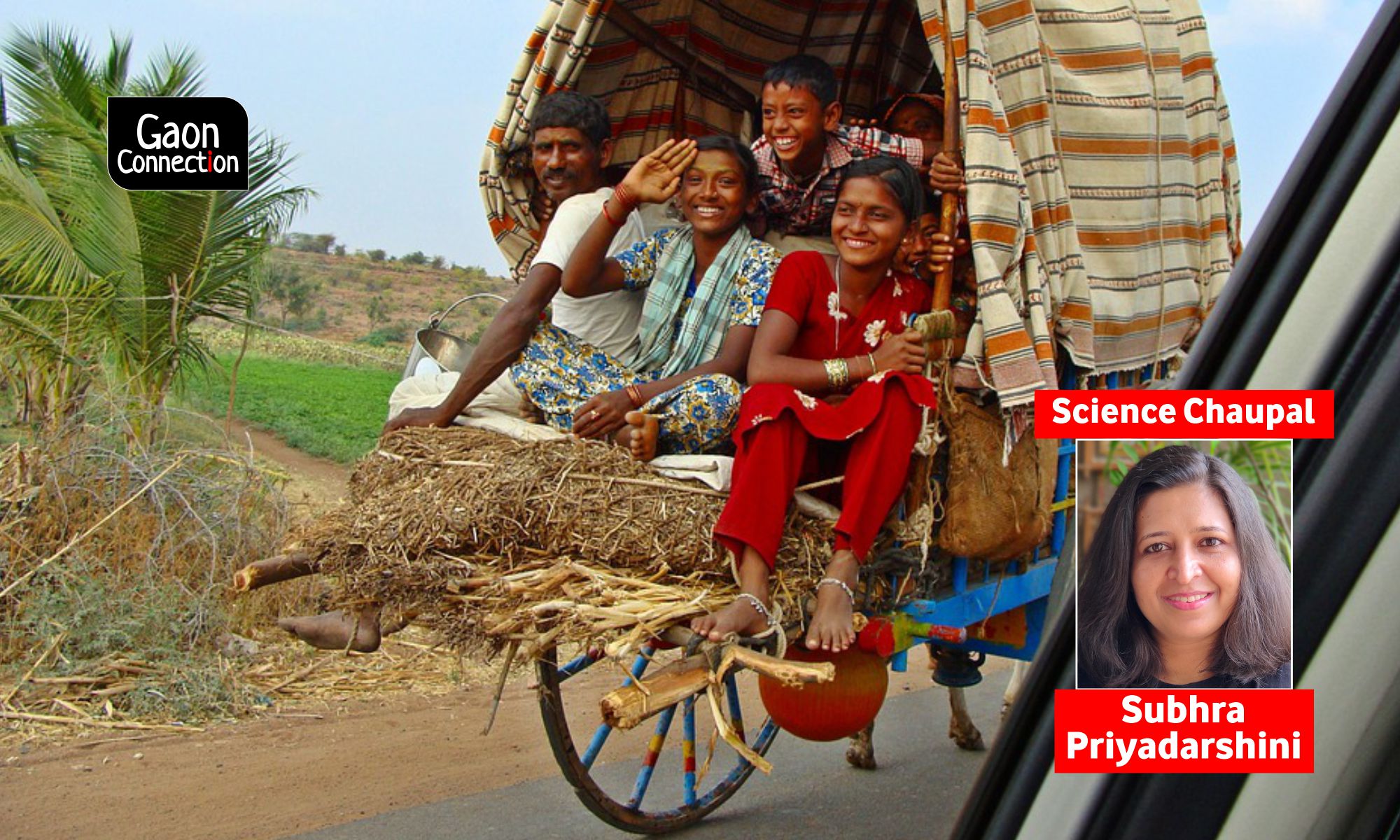Is science really reaching our villages?
Much has been written about how science and technology can transform villages, but science may not always have all the answers. India’s villages are also the cradles of jugaad or frugal innovation.


I have often been asked by well-meaning friends: How deep does science percolate into Indian society, especially villages? Surveys to gauge scientific temperament and public perception of science have been used across the world, including in India, as popular means to answer that question — but depending on what you are looking for and who you ask that question to, the answers may either regale or disappoint.
As we slug through half a year of COVID-19, hard-hitting answers to this question look us in the face. The answers are evident in the shoddy manner in which even developed countries perceived and used science. They are apparent in the non-adherence to basic hygiene norms and in the paucity of public trust in science in culturally-diverse India. They also reflect in how little science actually finds its way into our hinterland for rural people to make informed, reasoned choices.
Though everyone communicating, popularising or practicing science comes face-to-face with this deep philosophical question on the real impact of their work some time or the other, COVID-19 seems to have poked us in the eye as if to mockingly ask, “You thought you were doing a great job all these years? Now let’s put that to test.”
The results of the test are for everyone to see — the limits of science, science communication, healthcare systems, our understanding of the needs and methods of research — all have scored very poor marks. Marks that we are collectively scurrying to wipe off with sanitisers or wince at from behind our masks.
So the big question, asked often but perhaps not enough, still merits pondering — despite years of efforts by governments and civil societies engaged in forging the science-society link, is science really reaching our villages? Are these efforts conversant of the immediate needs and sensitivities of the populations that science seeks to serve? What stops the so-called ‘ivory tower science’ from seamlessly flowing to far-flung hamlets? More importantly, do our scientific endeavours inform themselves of the immediate needs and ethos of villages and strive to find practical, real-world answers for them?

Through this column, we will try to answer some of these questions, find relevant examples to highlight and try to scout for the unmet scientific or technological needs of Indian villages, one at a time. While much has been written about how science and technology can transform our villages (and a famous speech by India’s first Prime Minister Jawaharlal Nehru is often alluded to in this regard), we, of course, realise that science doesn’t have all the answers. That’s a legitimate corollary we will bear in mind in our many journeys into India’s villages. We will also tread into this territory with the knowledge that India’s villages are the cradles of jugaad or frugal innovation, a concept that has already got global traction. We will look out keenly for such stories of jugaad that can benefit from being scaled up or tweaked with latest scientific knowledge.
It’s also worth noting that the goals for this new outreach by Gaon Connection are by no means novel. Many such sporadic efforts exist across India. Ours will only be a supplementary voice investigating the whys and hows, discussing emerging village-focussed research in India’s institutions, becoming a vehicle to reach science to our villages and bringing back scientific questions from the hinterland to India’s labs and policy makers.
An ambitious, though challenging, goal will also be to give the readership of Gaon Connection a taste of science, as this column gets translated into Hindi, and, hopefully, with volunteer efforts, into other Indian languages. In other words, the effort will be to prime and slowly introduce relevant scientific and technological ideas and an understanding of the scientific process to an audience for whom these discussions may not be routine.
A closet desire also remains to stoke the questioning spirit, to promote observational and evidence-driven thinking among the readership of Gaon Connection. Even if we are able to sway a tiny fraction of our readership to weigh matters through the lens of reason, to stop believing in pseudoscientific practices or superstitions, we would have made a beginning.
To leave you with an example of what you may expect to read in this column, let me talk about the just-published research results of a survey by the Indian Institute of Technology Bombay conducted in the Vidarbha and Marathwada regions of Maharashtra. These regions bore the brunt of erratic monsoons and a battered socio-economy, leading to an unprecedented number of farmer suicides in recent years. Deepika Swami and Devanathan Parthasarathy at IIT Bombay’s department of climate studies surveyed farming households to understand how they have been adapting to this new normal of unpredictable monsoons and droughts.
They figured that farmers now sow multiple crops in a season to increase productivity, plant drought-resistant and early-maturing crops, tweak the planting and harvesting dates according to the monsoons, avail of crop insurance, and change irrigation practices to minimise losses. Farmers enrolled in government insurance schemes plant short-duration crops that give higher profits. Those armed with a soil health card, a handy chemical analysis of the micronutrients present in their soils, are not willing to change their crop type, but would rather follow government directions for cultivating their fields.
Interestingly, farmers who already have aspirational assets such as a television set, a mobile phone and bicycle are willing to change harvesting dates since they can easily invest in increasing crop productivity.
The research highlights how government schemes for the farmers in these regions can be altered to suit their new realities. There are lessons to learn from the Vidarbha and Marathwada way of adapting to change. But since one size will not fit all in an agro-climatically diverse country, the researchers suggest that it would be prudent to replicate these surveys to understand the challenges farmers face in each climatic zone.
These and similar stories will find a place in this column in the days to come.
Subhra Priyadarshini is the Editor-in-Chief of Nature India, an international science publication focussed on science in India.

